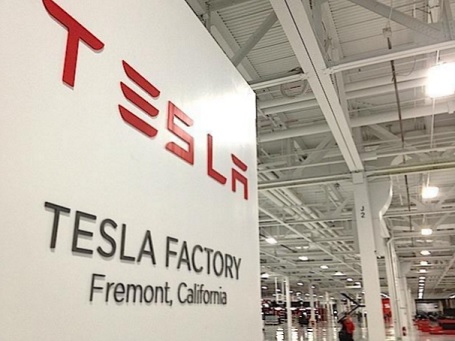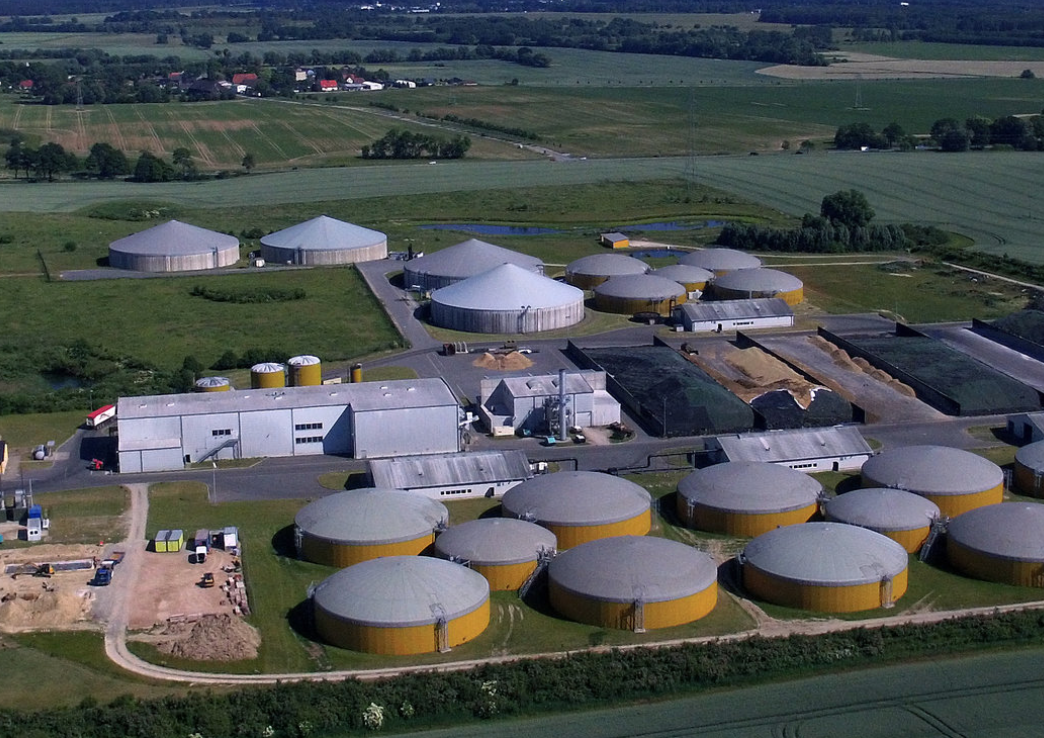Tesla facing workplace investigation and non-stop factory: Tesla Inc. continues battling obstacles as it becomes a mass-production automaker, facing a charge over unsafe working conditions and a decision to keep the factory going 24/7. California’s Occupational Safety and Health Administration (Cal-OSHA) opened inspection of Tesla’s Fremont, Calif., factory on Tuesday over possible under reporting by the electric carmaker of work-related injuries and illnesses. The inspection may have come from a an article by the Center for Investigative Reporting claiming the misreporting by Tesla with the charge that the company lowered th e number of injuries in the official count by stating some were minor or due to personal medical conditions. Tesla denied the accusations in a blog post, calling the publication an “extremist organization working directly with union supporters to create a calculated disinformation campaign against Tesla.”
e number of injuries in the official count by stating some were minor or due to personal medical conditions. Tesla denied the accusations in a blog post, calling the publication an “extremist organization working directly with union supporters to create a calculated disinformation campaign against Tesla.”
More Tesla workers are needed, with the automaker starting around-the-clock production schedules this week at the Fremont plant. It’s being done to ramp up from the recent report of over 2,000 Model 3s being built up to 6,000 units a week by the end of June. One more shift will be added to general assembly, body, and paint, CEO Elon Musk write in an internal company email. That news came out after the company took another day of stopping production of the Model 3 to improve automation and address production bottlenecks. About 400 workers will be added per week for several weeks to handle the increasing output, Musk wrote.
Calstart supporting electric airplanes: Calstart and two cities have launched the Sustainable Aviation Project, which is described as “the nation’s first production all-electric aircraft project designed to develop pilot training opportunities using zero emission electric airplanes.” Calstart’s partners are the Northern California cities of Reedley and Mendota, with funding being provided by the Fresno County Measure C through the Fresno County Rural Transportation Authority. The electric aircraft will reduce both air and noise pollution, and will be able to fly for 60 minutes between charges with a 30-minute reserve. The typical flight training session lasts about 60 minutes. Charging can be done at four regional airports in Fresno County.
RNG Coalition map shows fast growth in production facilities: The Coalition for Renewable Natural Gas (RNG Coalition) yesterday released a new map and project database of renewable  natural gas (RNG) production facilities in North America. The refreshed database shows that the RNG Coalition is on track to double the number of RNG production facilities in North America in half the time that was set in the original goal of what was to be accomplished by 2025. There were 51 RNG facilities in place at the time the coalition was formed in 2015. The new database shows an additional 23 RNG production facilities are currently under construction and another 23 have reached stages of substantial development prior to commencing construction. It also shows there are now at least 76 operations RNG facilities in North America, which makes for 85% growth from the 41 projects that were built between 1982 and 2014.
natural gas (RNG) production facilities in North America. The refreshed database shows that the RNG Coalition is on track to double the number of RNG production facilities in North America in half the time that was set in the original goal of what was to be accomplished by 2025. There were 51 RNG facilities in place at the time the coalition was formed in 2015. The new database shows an additional 23 RNG production facilities are currently under construction and another 23 have reached stages of substantial development prior to commencing construction. It also shows there are now at least 76 operations RNG facilities in North America, which makes for 85% growth from the 41 projects that were built between 1982 and 2014.
RNG Coalition membership shows a unique alliance among biofuel producers, natural gas suppliers, natural gas vehicle fueling companies, major oil companies, utilities, and Clean Cities coalitions. The relatively new organization sees RNG as a sustainable strategy with environmental, economic, and energy gains being met while supporting adoption of the clean fuel.
“Redeeming our organic waste-streams by converting them to renewable natural gas for productive end-use epitomizes sustainability,” said RNG Coalition CEO Johannes Escudero. “Increased RNG development, deployment and use leads to greater adoption of the renewables we use to drive, heat and power our homes and businesses, while ensuring the reliability of our electric grid and decarbonizing our gas distribution systems.”
“Converting waste steams into RNG is a very clear success story, largely as a result of the Renewable Fuels Standard,” said Jay Hopper, Vice President of industry developer Aria Energy. “Since the environmental benefits of RNG were ruled eligible to generate D3 Renewable Identification Numbers in 2014, private capital has funded dozens of new projects all across the continent, and dozens more are in process.”
The updated RNG facility database was derived through months of research on RNG facilities by the California-based RNG Coalition and by Energy Vision, a clean energy and renewable fuels nonprofit organization out of New York.



